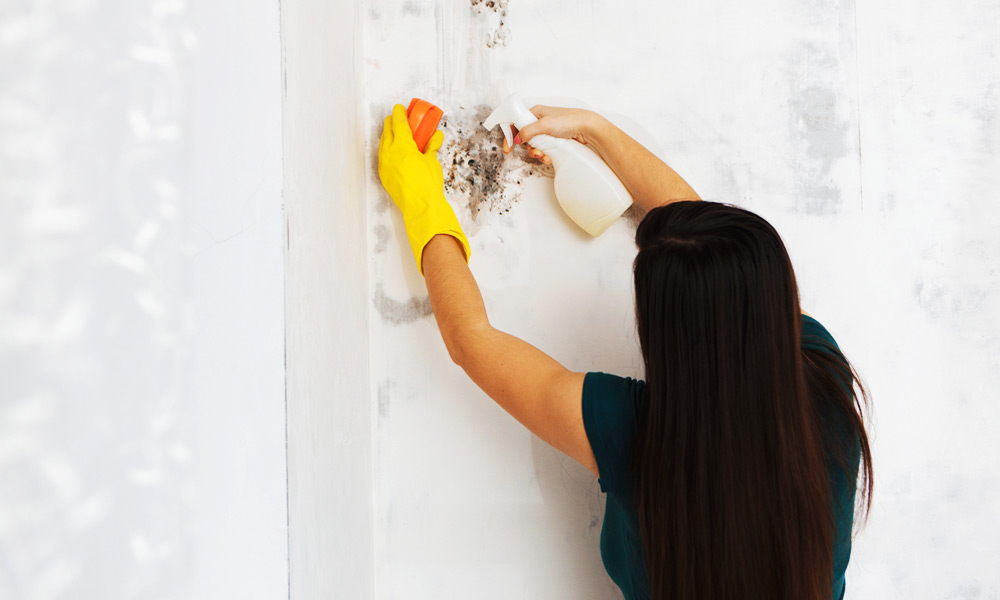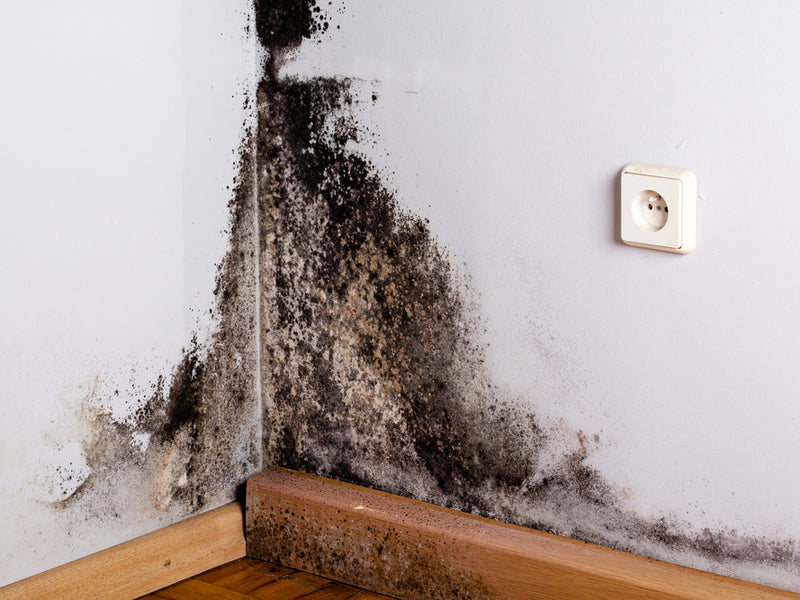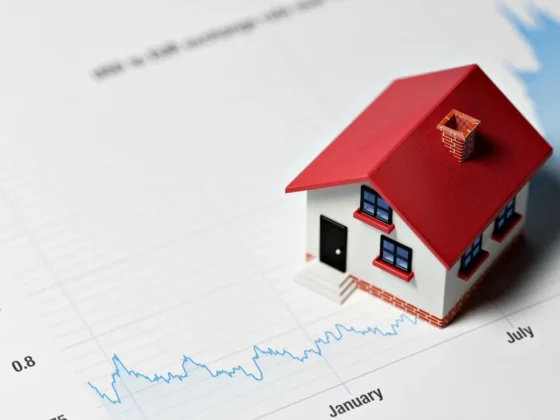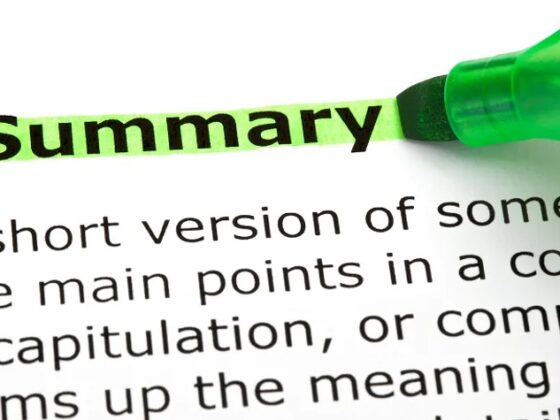Mold can be a serious issue in homes, potentially causing health problems and structural damage if not dealt with properly. Home inspectors play a crucial role in identifying and assessing mold growth in residential properties.
By examining key areas and using specialized tools, home inspectors can determine the presence of mold and the extent of the infestation. Understanding what home inspectors look for when testing for mold can help homeowners and buyers take proactive steps to address any potential issues before they become problematic.
From visual inspections to air and surface sampling, home inspectors employ a variety of methods to ensure the safety and integrity of a property. Lets explore the important factors that home inspectors consider when testing for mold in homes.
Common Signs of Mold Growth

Common signs of mold growth in a home can include a musty odor that lingers in the air, visible black or green spots on walls, ceilings, or floors, water stains or discoloration, peeling or bubbling paint, and an increase in allergy symptoms or respiratory issues among residents. Mold thrives in damp, humid environments, so areas with poor ventilation or recent water damage are especially prone to mold growth.
Its important to address any signs of mold growth promptly to prevent further spread and protect the health of those living in the home. Home inspectors will carefully examine these common signs and may also use specialized tools like moisture meters or thermal imaging cameras to detect hidden mold growth.
Techniques for Mold Testing

There are several techniques that home inspectors use for mold testing to ensure accurate results. One common method is air sampling, where samples are collected from the air and analyzed for mold spores.
Another technique is surface sampling, where samples are taken from different surfaces in the home to determine the presence of mold growth. Infrared thermography is also used to detect moisture levels in walls and ceilings, which can indicate potential mold growth.
By utilizing a combination of these techniques, home inspectors can provide a comprehensive assessment of mold presence in a home, helping homeowners take necessary steps to address any issues.
Procedures for Remediation of Mold

In cases where mold is detected during a home inspection, it is crucial to follow specific procedures for remediation. First and foremost, it is essential to address the source of moisture that is causing the mold growth.
This may involve fixing leaks, improving ventilation, or addressing humidity issues within the home. Once the source of moisture is controlled, the next step is to physically remove the mold from affected areas.
This may involve cleaning surfaces with a mixture of water and detergent, or in more severe cases, removing and replacing damaged materials such as drywall or insulation. It is important to ensure that all mold is completely removed to prevent regrowth.
After remediation is complete, it is recommended to have a follow-up inspection to confirm that the mold has been successfully addressed.
Conclusion
In conclusion, home inspectors play a crucial role in ensuring the safety and habitability of a property by conducting thorough mold inspections. By identifying and addressing potential mold issues early on, homeowners can prevent costly repairs and protect their health.
Mold assessment is a critical component of the inspection process, as it allows inspectors to accurately assess the extent of mold contamination and recommend appropriate remediation measures. Ultimately, investing in regular mold testing can help homeowners maintain a healthy living environment and preserve the value of their property in the long run.


